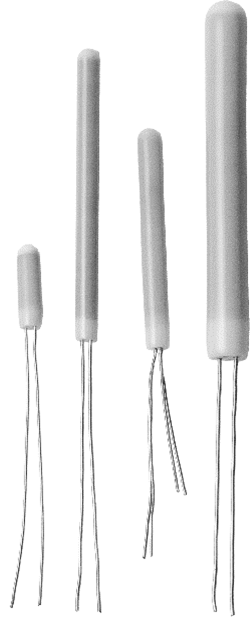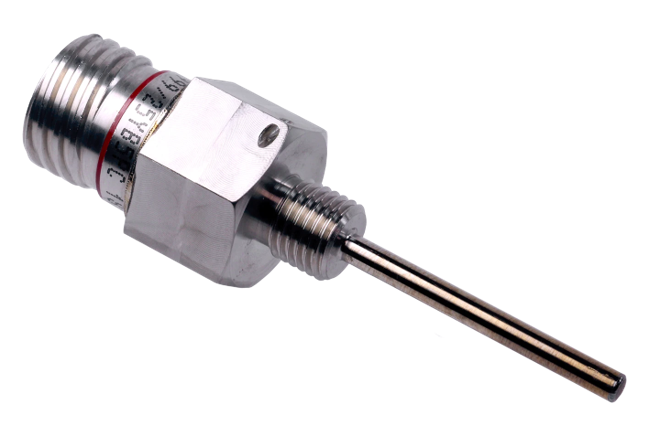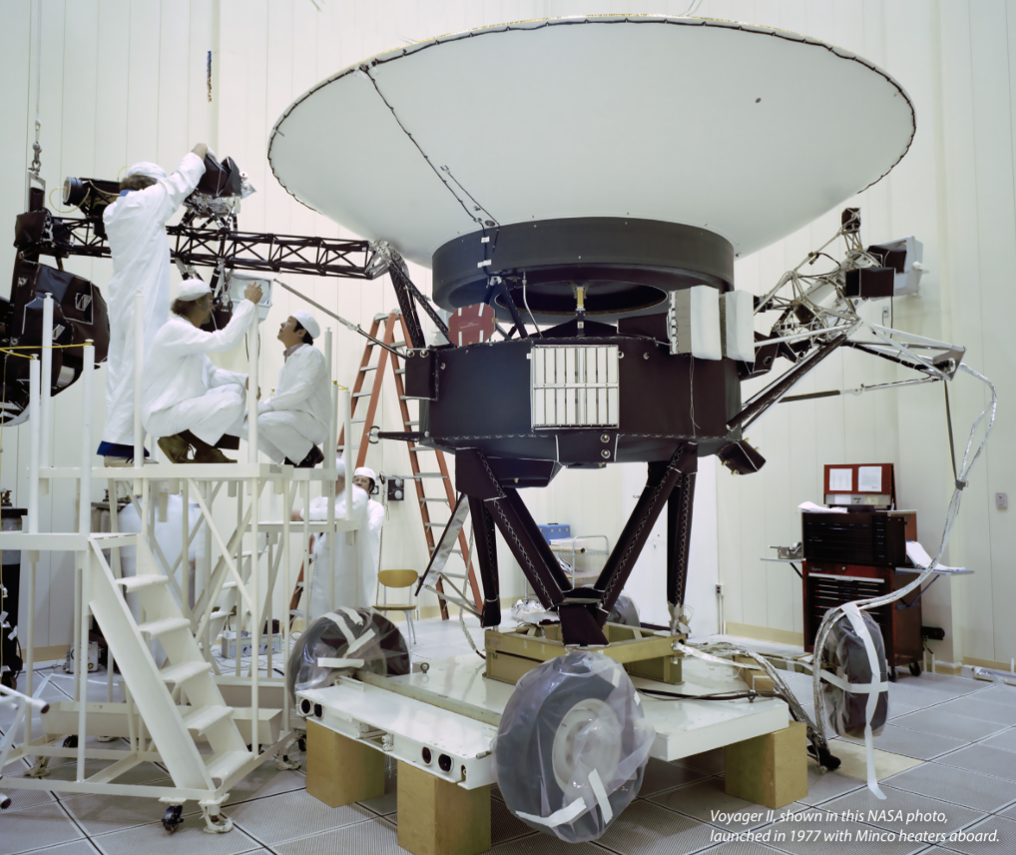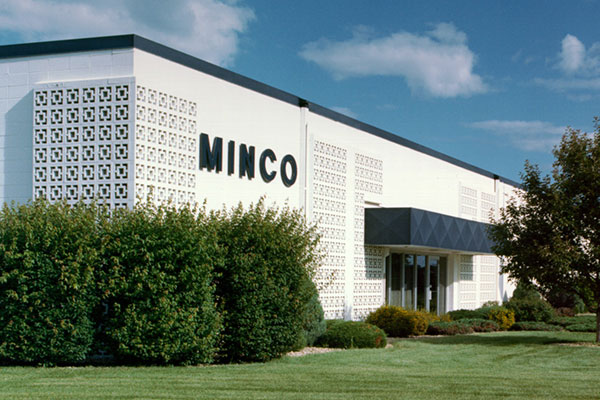By Minco Staff
Many industrial and commercial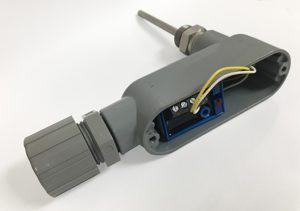 processes are dependent on precise temperature control. This has long been the case in HVAC applications, where even relatively slight variation from ideal temperatures can lead to sweats or chills, not to mention unnecessary expense. The need for precise temperature control is also recognized in the oil and gas industry and in the operation of many kinds of rotating equipment—generators in power plants, wind turbines, large motors in a variety of applications, industrial pumps, and more. Sensors are used to spot temperature changes that can indicate wear and can provide warning in time to head off catastrophic failure. And in many industrial applications, higher normal operating temperatures are more efficient; the problem is that these temperatures are close to those at which overheating, wear, and breakdown can occur, leaving a very narrow band of ideal operating temperature.
processes are dependent on precise temperature control. This has long been the case in HVAC applications, where even relatively slight variation from ideal temperatures can lead to sweats or chills, not to mention unnecessary expense. The need for precise temperature control is also recognized in the oil and gas industry and in the operation of many kinds of rotating equipment—generators in power plants, wind turbines, large motors in a variety of applications, industrial pumps, and more. Sensors are used to spot temperature changes that can indicate wear and can provide warning in time to head off catastrophic failure. And in many industrial applications, higher normal operating temperatures are more efficient; the problem is that these temperatures are close to those at which overheating, wear, and breakdown can occur, leaving a very narrow band of ideal operating temperature.
To meet these requirements, users need increased accuracy from temperature control systems—the sensors and transmitters that keep systems as close as possible to ideal operating temperatures. Where Class C sensors once sufficed, customers have turned to more precise Class B and, in some cases, even more accurate Class A sensors. The problem is that, in addition to any inaccuracy in the sensor itself, there is additional inaccuracy caused by slight miscommunication between sensor and transmitter when converting sensor resistance to a 4-20 mA current output. Transmitters are calibrated to nominal resistance values, so this source of error is hard to avoid in off-the-shelf pairing of sensors and transmitters. While the mismatch may be small, the degree of inaccuracy can vary across a wide temperature range, making it difficult to optimize the system’s efficiency and performance. There is a relatively simple, cost-effective solution to the problem. Minco offers match calibration of a sensor and transmitter. Rather than calibrating a transmitter to nominal resistance values, the calibration is completed with the actual resistance values of a paired temperature sensor. Calibrating both at the same time effectively eliminates sensor inaccuracy from the system accuracy specification. Match calibration provides a constant accuracy over the full temperature range. As long as the sensor and transmitter are used together, inaccuracy is kept to a minimum. Because the sensor inaccuracy disappears, there is no need to use higher cost Class A temperature sensors when specifying match calibration. The cost of this calibration is nominal, and the savings can be significant. It’s a match made in heaven.
Contact Minco today to learn how our match-calibrated sensors and transmitters can deliver superior accuracy in your next project.
